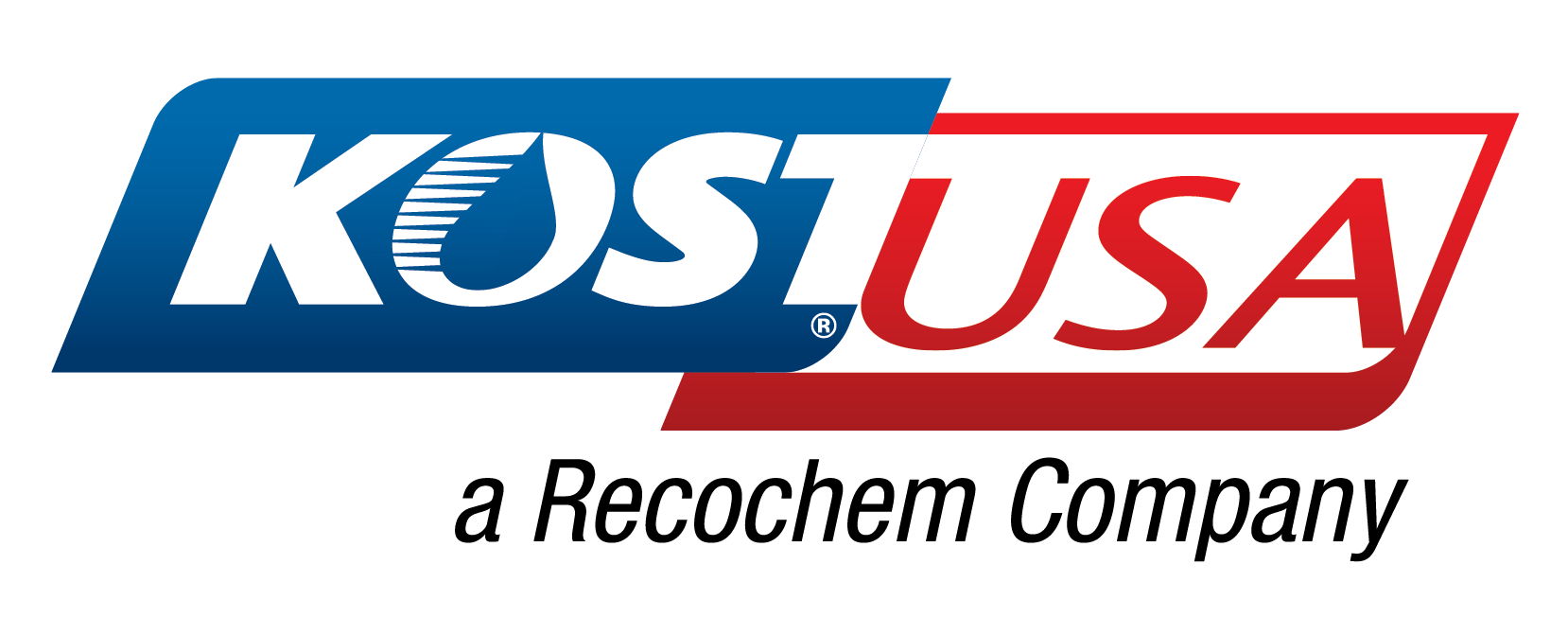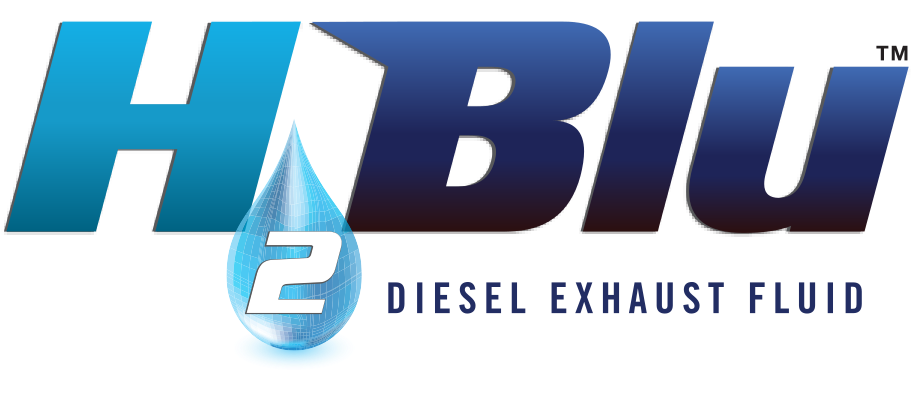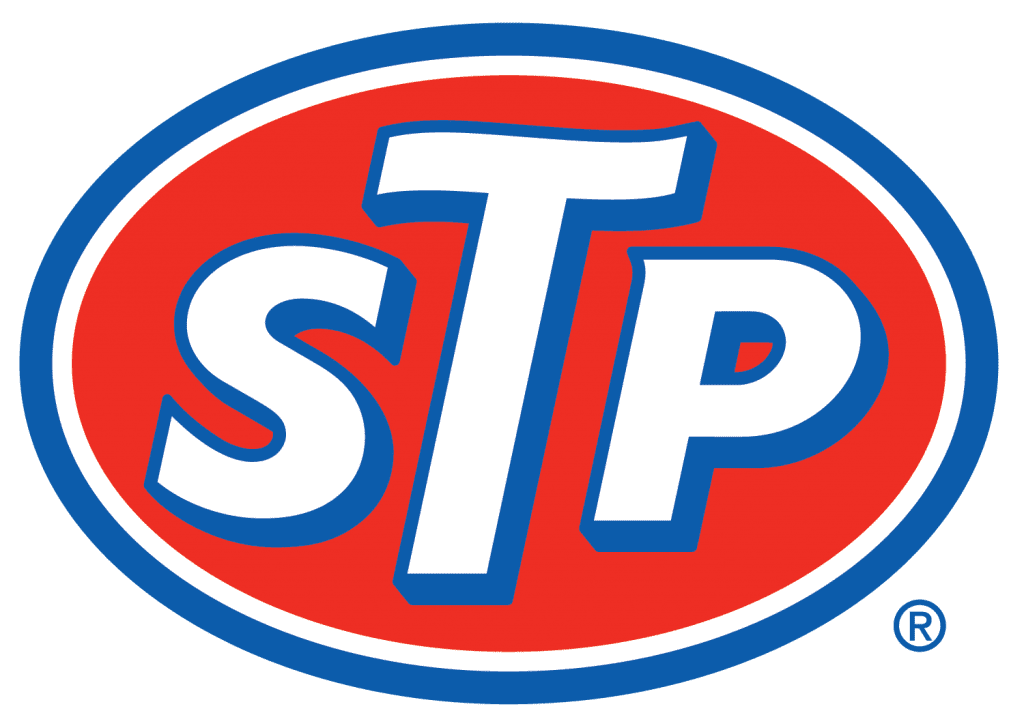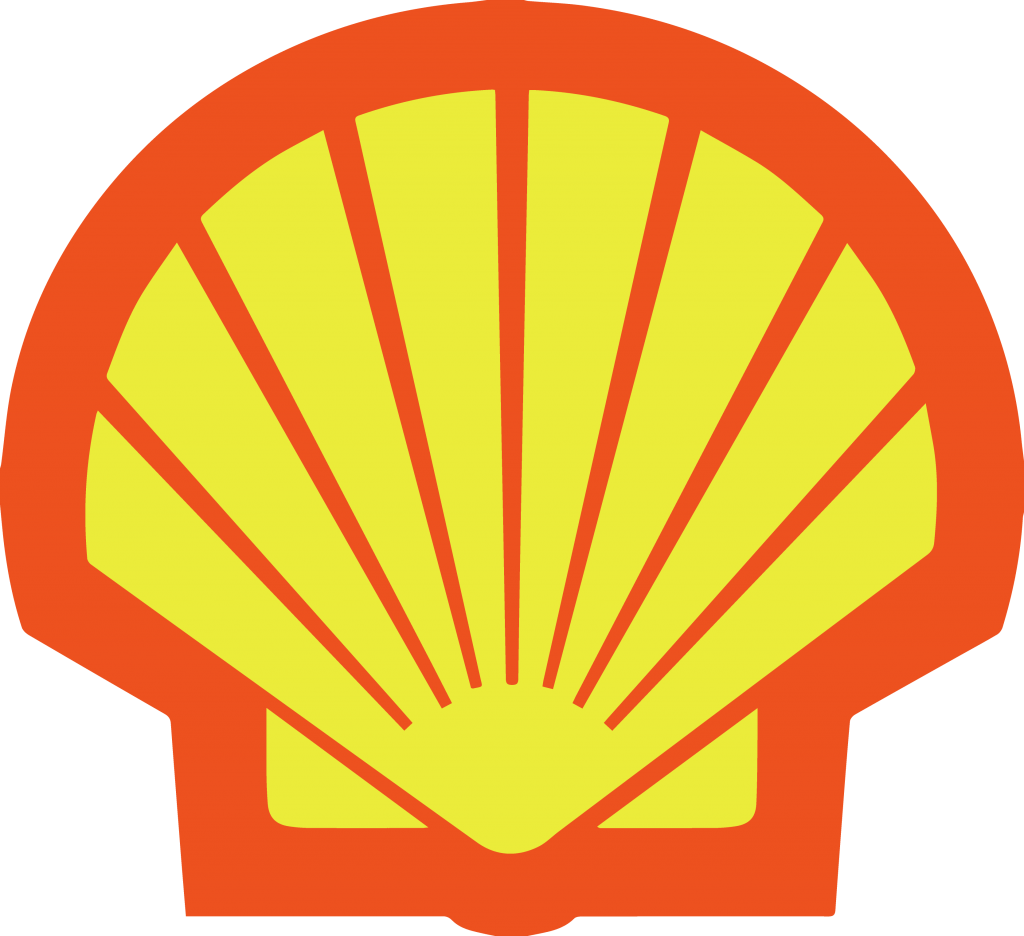Home » NatGas Dehydration Fluids
Home » NatGas Dehydration Fluids
NATURAL GAS DEHYDRATION FLUID
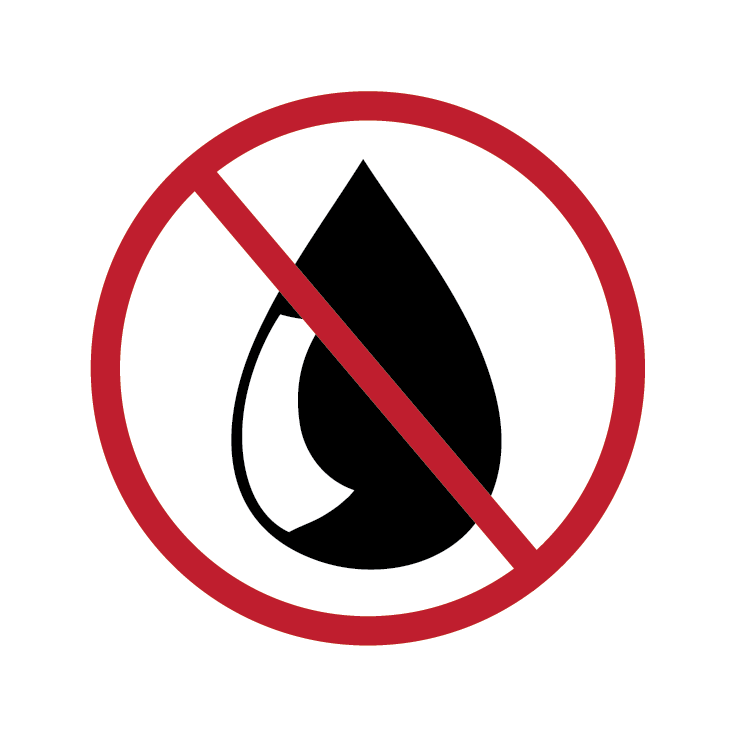
KOST USA is your premier provider of high performance products used to keep gas dry and moving down the line while maximizing system life. Our goal is to help minimize processing costs while maximizing profitability. We help use less energy, lower the incidence of corrosion and enhance system capacity. Our proven technology, high throughput capabilities and exceptional service help keep a plant up and running to consistently and reliably meet outlet specifications.
Water is inherent in natural gas and can be absorbed during processing and transmission. To avoid corrosion, it has to be dehydrated. KOST USA offers a line of liquid desiccants that eliminate water from natural gas transmission, while also helping to prevent equipment corrosion.

NATURAL GAS DEHYDRATION FLUID

KOST USA is your premier provider of high performance products used to keep gas dry and moving down the line while maximizing system life. Our goal is to help minimize processing costs while maximizing profitability. We help use less energy, lower the incidence of corrosion and enhance system capacity. Our proven technology, high throughput capabilities and exceptional service help keep a plant up and running to consistently and reliably meet outlet specifications.
Water is inherent in natural gas and can be absorbed during processing and transmission. To avoid corrosion, it has to be dehydrated. KOST USA offers a line of liquid desiccants that eliminate water from natural gas transmission, while also helping to prevent equipment corrosion.

NATURAL GAS DEHYDRATION FLUID

KOST USA is your premier provider of high performance products used to keep gas dry and moving down the line while maximizing system life. Our goal is to help minimize processing costs while maximizing profitability. We help use less energy, lower the incidence of corrosion and enhance system capacity. Our proven technology, high throughput capabilities and exceptional service help keep a plant up and running to consistently and reliably meet outlet specifications.
Water is inherent in natural gas and can be absorbed during processing and transmission. To avoid corrosion, it has to be dehydrated. KOST USA offers a line of liquid desiccants that eliminate water from natural gas transmission, while also helping to prevent equipment corrosion.
